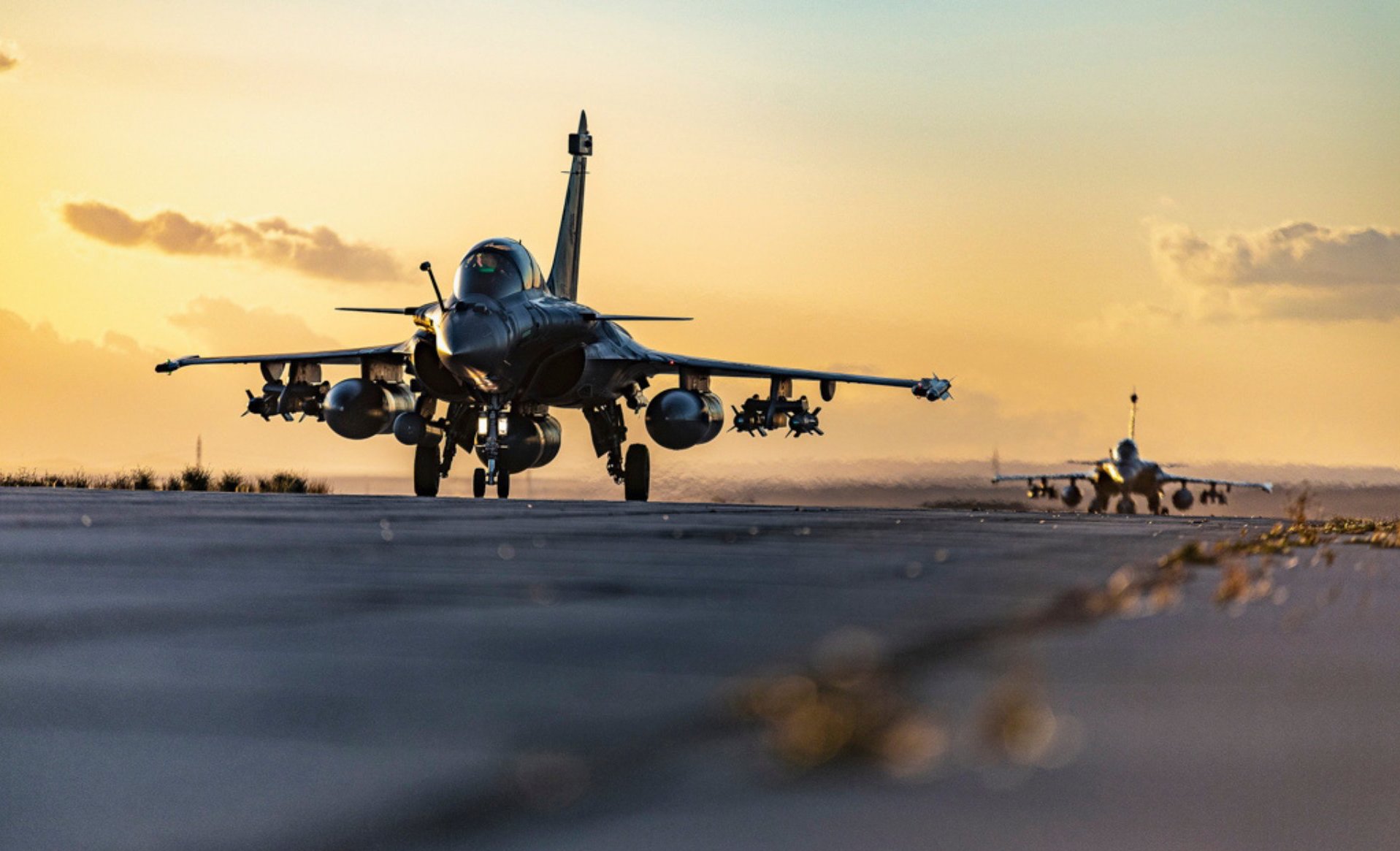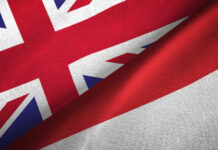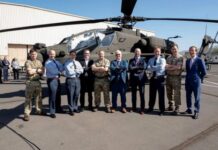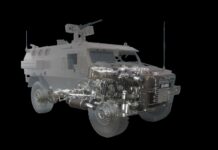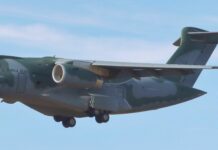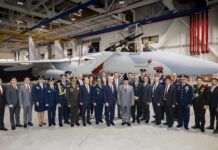Indonesia has always been a country with vast potential, unfortunately turning potential into reality has more often than not defeated its political leadership. Since it achieved independence the country has oscillated from ineffective democratic system to dictatorship, followed by the New Order regime of President Suharto that remained in power for almost 31 years until May 1998, after which came the first steps towards real democratic governance.
The current President of Indonesia, Joko Widodo, was elected to his first five-year term of office in 2014, and subsequently then won the 2019 election, with 55.5% of the vote, securing a second term. He succeeded Susilo Bambang Yudhoyono, a former General in the Indonesian Army (TNI-AD), and the first directly elected Indonesian President, who had won the 2004 election, prior to which the President had been elected by the legislature, as well as the subsequent 2009 election. This pattern would seem to indicate governmental stability and to an extent this is true. However, governing in Indonesia is a complicated process and various factors need to be considered, since the possibility of political or social unrest is never that far away.
The reason governing Indonesia is so complicated becomes perfectly clear once the nature of the country is taken into account. Indonesia is an archipelagic nation, which according to the Indonesian government consists of 17,508 islands, of which 922 are permanently inhabited. Indonesia occupies strategic real estate, it abuts the Straits of Malacca, the number two oil choke point globally, it is also astride the Lombok and Sunda Straits that link the Indian Ocean and the Java Sea. Indonesia is right on top of critical sea lines of communication, oil from the Middle East heading towards China, Japan and Korea will pass through Indonesian waters.
Population and Environmental Issues
Indonesia’s population numbers 277.329 million, the fourth-largest in the world and the largest Muslim population. According to the CIA World Factbook, it is estimated that the Indonesian population will reach 320 million by 2045.
This large population presents many challenges, first and foremost the need for economic growth to provide jobs for all of these people. Then comes trying to find solutions to overpopulation, for example some 150 million live on Java, the most densely-populated island on the planet. A third, related issue is the environment and issues such as air and water pollution, deforestation, industrial waste, clean water supply, and wastewater management. There are a profusion of human-made environmental issues to deal with, but these are supplemented by natural environmental issues. Indonesia contains more volcanoes than anywhere else in the world, 76 of which are historically active. Indonesia is located along what is called the ‘Ring of Fire,’ this is a belt of active volcanoes and earthquake epicentres bordering the Pacific Ocean. According to the CIA World Factbook : “up to 90% of the world’s earthquakes and some 75% of the world’s volcanoes occur within the Ring of Fire; [with] 80% of tsunamis, caused by volcanic or seismic events.”
Inevitably, like any emerging nation, Indonesia has had to overcome numerous challenges, but in the post-Suharto era, after 1998, the country has achieved significant economic development. The assumption that Indonesia’s economy is based on agriculture and primary products such oil, gas, and coal and mining and quarrying is no longer true. Agriculture accounts for between 13% and 14% of Gross Domestic Product (GDP), with manufacturing and services each accounting for over 40% of GDP.
Today, Indonesia’s economy is credited with being the 17th largest in the world and it continues to receive substantial amounts of Foreign Direct Investment (FDI). FDI and internal economic growth allows Indonesia to move further up the industrial value chain and allows it to sustain growth, with GDP growth per annum remaining in the region of 5%. However, the Indonesian government must become more efficient at all levels and there needs to be significant expenditure on infrastructure to continue economic growth.
Historical Defence Foundations
The Netherlands had Indonesia as a colonial possession from 1602 onwards at that time it was known as the Dutch East Indies (DEI), then in December 1941 Imperial Japan invaded overcoming the DEI military and forcing them to surrender in March 1942. During the Japanese occupation Indonesian nationalist forces emerged and after the defeat of Imperial Japan, these nationalist forces, led by Sukarno and Mohammad Hatta, declared Indonesian independence on 17 August 1945. However, the Netherlands attempted to restore the DEI, leading to a post-colonial conflict which ended with the Netherlands recognising Indonesian independence in 1949. At which point Sukarno became the first President of Indonesia.
The Indonesian military has a conventional tri-service structure and consists of the Indonesian Army (TNI-AD), the largest and most important part of the Indonesian military, the Indonesian Air Force (TNI-AU) and the Indonesian Navy (TNI-AL), under which comes the Indonesian Marine Corps (KORMAR RI). The fortunes of the Indonesian military have oscillated wildly since independence, they have gone from boom to bust on numerous occasions. At one stage Indonesia had the most powerful military in Southeast Asia, at that time, at least on paper, it was arguably one of the most impressive forces in the whole of Asia. Unfortunately, after that came a period of decline. More recently, improvements in Indonesia’s economy added to international recognition of the importance of Indonesia, have seen improvements to the military.
On independence the new Indonesian military was equipped with an eclectic mix of equipment, Imperial Japanese equipment in the form of armour, artillery, infantry weapons and even aircraft. Then there was pre-1941 DEI equipment, as well British and US equipment used by the Netherlands military before their departure in 1949. There were even German infantry weapons, some left by the Netherlands and some that were supplied by the Soviet Union.
Indonesia might have described itself as a non-aligned country, but after President Sukarno visited the Soviet Union in 1956, links between Jakarta and Moscow started to become closer. Indonesia would then become the second largest recipient of Soviet military aid in the early 1960s, transforming Indonesia’s military into one of the best-equipped in Southeast Asia.
In terms of naval equipment the TNI-AL received a Project 68bis SVERDLOV class cruiser, the former Soviet Ordzhonikidze which was completed in 1952, transferred to Indonesia in 1962 and commissioned as the KRI Irian in 1963. There were eight Project 30bis SKORY class destroyers transferred at the end of the 1950s, eight Project 50 RIGA class frigates arrived between 1962 and 1964, 12 Project 183R KOMAR class missile boats, equipped with P-15 TERMIT (STYX) anti-ship missiles, arrived between 1961 and 1965 and 12 Project 613 WHISKEY class submarines (SSK) transferred in 1962.
The TNI-AU received substantial amounts of Soviet equipment, these included 26 Tupolev Tu-16 bombers, 12 Ilyushin Il-28 bombers (the TNI-AL also received 36 of these aircraft), Ilyushin Il-10 attack aircraft, 70 MiG-17, 35 MiG-19, 26 MiG-21 fighters, plus a host of transport and training aircraft and helicopters. The TNI-AD also benefitted from Soviet largesse, a complete range of infantry weapons, armoured vehicles such as the PT-76, BTR-50, BTR-40 and BRDM (the KORMAR RI also received Soviet kit including the PT-76 and BTR-50), air defence artillery and helicopters were also supplied.
Then Sukarno fell from power, Major General Suharto took over and links with the Soviet Union came to an end. Consequently, much of Indonesia’s Soviet equipment became unusable due to lack of spares and support. Once Suharto turned away from the Soviets, Western nations started supplying equipment and over the years Indonesia would receive a lot of second-hand military equipment. There would be occasional purchases of equipment, primarily from Europe or the US, but even though Indonesia had a military-dominated government, in the Suharto era they were not big spenders on defence equipment.
One area where there was some emphasis during the Suharto era was in indigenous defence production, classified as the ‘Strategic Industries’ at that time. This saw local development and production of defence equipment, upgrade and modernisation of existing systems and the local production of defence systems under license. Technology gained in license production was then applied to new programmes, with the eventual aim being the ability to meet a substantial amount of Indonesia’s defence needs domestically.
The fall of Suharto in 1998 ushered in a new democratic era, but was also a time of political and economic turmoil in Indonesia. Matters were not helped by the chaotic situation in East Timor surrounding the independence referendum, where the violence led to a wave of arms embargoes against Indonesia from September 1999 onwards. The US embargo lasted until 2005, the British embargo until 2012, but the EU embargo was much shorter, imposed in September 1999 and lifted in January 2000.
Political and economic uncertainty, added to the impact of the embargoes caused immense problems for the Indonesian military. Other complicating factors then came into play, the military already had a diverse equipment park obtained from many different sources that was already difficult to support. Then efforts to obtain new equipment in the midst of the embargo, driven mainly by politicians, saw the acquisition of combat aircraft, helicopters and aerial weapons from Russia. This provided improved capability, albeit was limited in numbers, and included the downside of having to develop new support infrastructure for Russian equipment.
Back From The Brink
Gradually Indonesia achieved political stability, the democratic system was generally working, and in turn the Indonesian economy started growing. With its large population the country had tremendous potential as a marketplace, equally important was that this large population could provide a workforce that could produce goods for foreign companies in a cost-effective manner, and then there were Indonesia’s natural resources to consider. Add that to Indonesia’s strategic position in Southeast Asia and suddenly, rather than seeking to exclude Indonesia from the international system, everybody was interested in doing business with Indonesia.
International acceptance and the fact that Indonesia was starting to have real money to spend on defence modernisation, saw European suppliers begin to benefit, but new suppliers were also entering the Indonesian marketplace. Surplus rocket artillery would come from the Czech Republic, surplus armour from Slovakia and the GROM air defence system was acquired from Poland. The Republic of Korea (ROK) would become a major force in meeting Indonesian defence needs, in terms of ground, naval and air systems. China also emerged as a supplier of defence equipment and technology, something of a surprise considering the long-standing Indonesian suspicion of China and its motives.
If there was one major external factor which changed the fortunes of Indonesia internationally, it was the fact that Barack Obama became US President. Obama’s stepfather was Indonesian, and Obama had lived in Jakarta for four years, between the ages of six and ten, before returning to the US to live with his grandparents in Hawaii. President Obama visited Indonesia in both 2010 and 2011, and was known to be personally well-disposed to Indonesia, which aided the country’s international acceptance. The US had already started to repair relations with Indonesia under the Bush administration, but under Obama relations moved up a gear.
US defence links with Indonesia reopened, a package of 24 ex-US Air Force F-16C/D Block 25 aircraft were sold to Indonesia, being upgraded to Block 50/52 capability before delivery. Another significant sale was eight AH-64E APACHE attack helicopters, which as with the F-16s came with a significant quantity of air-launched weapons. Equally important was the ability to acquire spares for previously-supplied US equipment, such as Indonesia’s C-130 fleet. More recently the TNI-AU has placed an order for five C-130J transports.
Next Steps
As to the future of Indonesian defence modernisation, much depends on the next presidential election to be held in 2024. The current President is term limited and this could open the way for current defence minister, and former General, Prabowo Subianto to make another bid for the presidency. Prabowo lost out to Joko Widodo in both the 2009 and 2014 elections, but despite that he is popular and might win the 2024 election.
Should Prabowo win in 2024, that opens up some interesting possibilities in terms of the Indonesian defence scene. Prabowo was behind Indonesia’s decision to purchase 42 Dassault RAFALE fighter aircraft, of which the first batch of six has been contracted so far. If Prabowo became President, it is highly like that the full RAFALE order will become a reality, and that other major programmes with France will progress, such as submarines. Defence minister Prabowo has previously overseen major orders for the TNI-AL; including a contract for six FREMM frigates and two modernised MAESTRALE class frigates with Fincantieri, and two Type 31 frigates from Britain, with the latter due to be built at PT PAL in Indonesia.
Indonesia has to continue its economic recovery from COVID and hope that it can ride out a likely global economic recession. If it can surmount those obstacles it should be in a solid economic position, though the key to the future is the 2024 election. If Prabowo wins, significant defence modernisation will continue. If not, Indonesia may find itself in uncertain territory regarding defence.
David Saw




